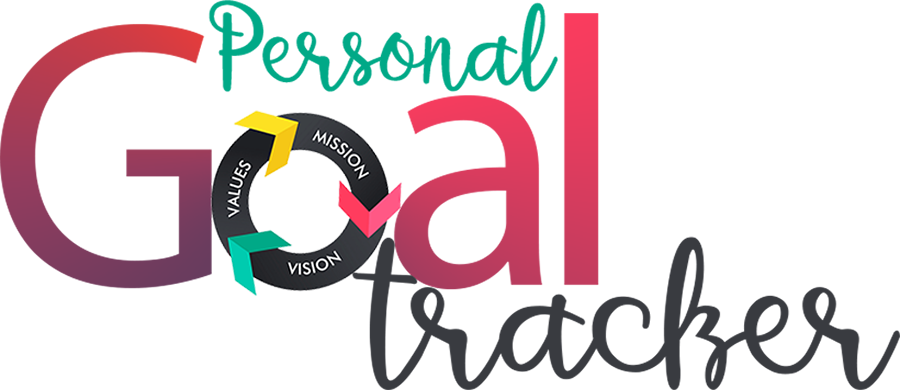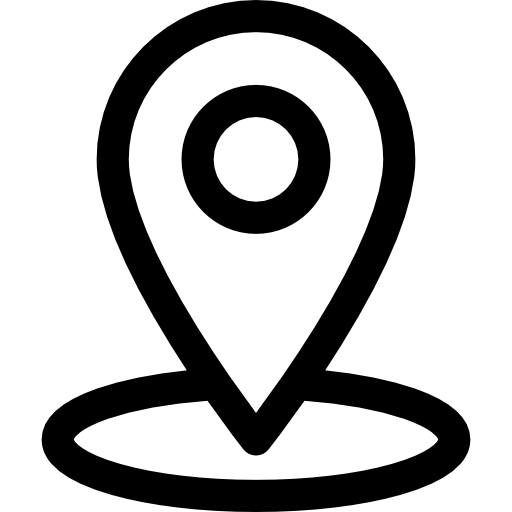
This website helps you track how much time you spend on specific tasks to become more efficient at reaching your goals. This allows you — and your team members — to develop better work habits while increasing your efficiency overall.

Performing salah five times in a day
Salah is the second of the Five Pillars of Islam . It is the belief that Muslims should pray five times each day. Prayer is important as it allows Muslims to communicate with Allah, listen to Allah and follow in the footsteps of the prophets.
Time required: 50m

Meditation
The basic concept of meditation is that it is a practice that connects the mind and the body. Its purpose is to help increase both physical and mental peace and calm, which also helps you to learn how to live more fully in the present.
Time required: 15m

Walking
Regular walking has all the standard benefits of aerobic exercise, such as improvements in the heart and circulatory systems, better blood glucose control, normalization of blood pressure and reduction of anxiety and depression.
Time required: 20m

Studying
Studying is not just important for educational development, but also builds personal skills. Having good study skills can improve your confidence, competence, and self-esteem. As well as helps reduce stress and anxiety around deadlines and exams.
Time required: 360m

Spending time with family
Some advantages of having a family are increased happiness and satisfaction. Studies have shown that spending time with family can help reduce stress and anxiety, lead to a healthier lifestyle and lengthen your life. Family gives you motivation to be the best version of yourself.
Time required: 120m

Clean the room and work station
A sterilized and tidy environment demonstrates professionalism to potential consumers that you care about your business and your personnel. A happy employee is a productive employee. As a result, it makes a far better impression.
Time required: 30m

Physical exercise
Regular physical activity is proven to help prevent and manage noncommunicable diseases such as heart disease, stroke, diabetes and several cancers. It also helps prevent hypertension, maintain healthy body weight and can improve mental health, quality of life and well-being.
Time required: 45m

Gardening
Gardening is one of those activities that people love to do, but few actually enjoy doing it. Gardening requires hard work and patience, and most people don't like either of those things. However, there are many benefits to gardening, including health benefits as well as gardening can help you live longer.
Time required: 40m

Reciting Quran
Reciting Quran daily benefits are the countless good deeds that the Muslim gets by reciting the Quran daily. Ibn Mas'ud (ra) reported: The Messenger of Allah (pbuh) said, “Whoever recites a letter from the Book of Allah, he will be credited with a good deed, and a good deed gets a ten-fold reward.
Time required: 30m

Writing journal
Writing down your ideas forces you to organize your thoughts. It can help you communicate better both on paper and verbally, as there is a strong connection between writing and speaking. Journaling can also improve your ability to write well, particularly by improving your voice and vocabulary.
Time required: 30m

Drawing
Drawing and doodling fires up the same area in your brain as when you're learning a new skill or forming a new memory, and expands your mind in that way. It's so wickedly cool that something as accessible as drawing or doodling can improve your cognitive function so greatly.
Time required: 45m

Personal care
One of the ways to help the elderly is to give them a good sense of self by keeping them well-groomed and maintaining good personal hygiene. In order to foster trust and respect, seniors who require assistance with grooming and personal hygiene must feel trusted and respected.
Time required: 20m
Questions Section
Question No: 01
Question: How does react work under the hood?
React is a JavaScript library (not a framework) that creates user interfaces (UIs) in a predictable and efficient way using declarative code. You can use it to help build single-page applications and mobile apps. React works in declarative code which describes what we want instead of saying how to do it, as you would with imperative code. We use declarative code to create components, which is how we display information. Essentially, components are reusable UIs which allow you to split the app into separate blocks that act independently of each other. In a declarative UI, developers aren’t in charge of changing the UI when something happens. They don’t have to worry about hiding or showing divs, as you would with a code-heavy imperative UI. We only have to worry about receiving a specific app ‘state’ — or, a specific screen displaying detailed information at any time — and rendering it in the UI.
Question No: 02
Question: What is The Difference Between State and Props in React?
Question No: 03
Question: What kinds of work useEffect do without data loading?

